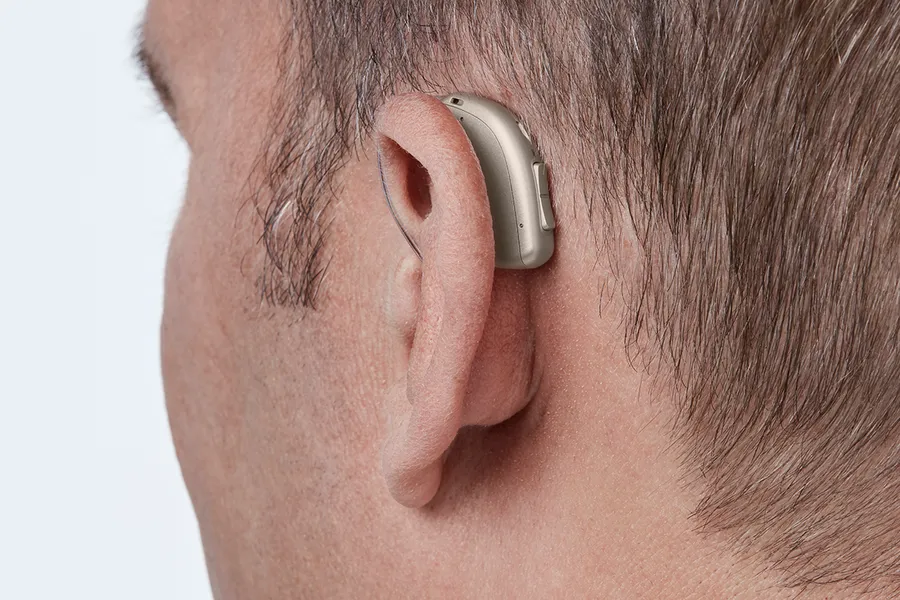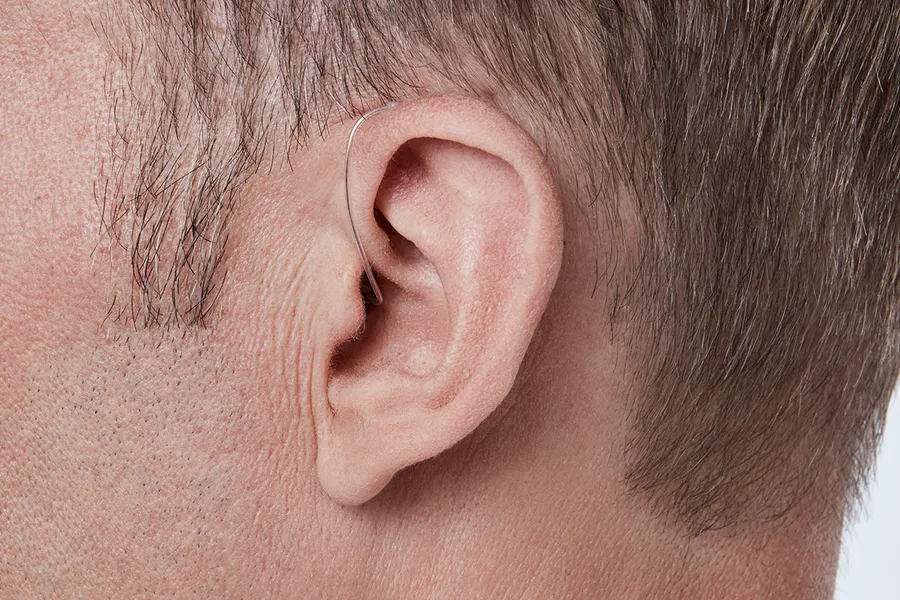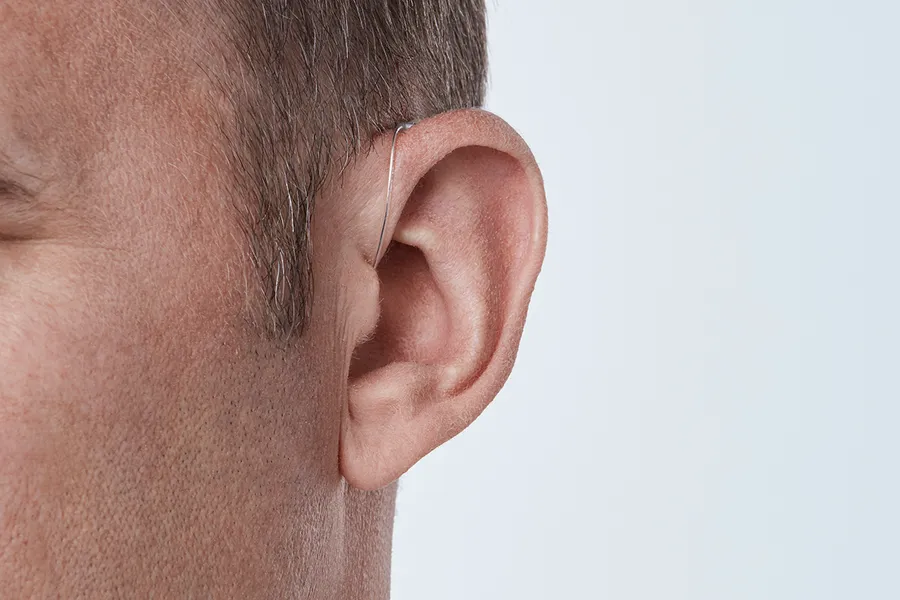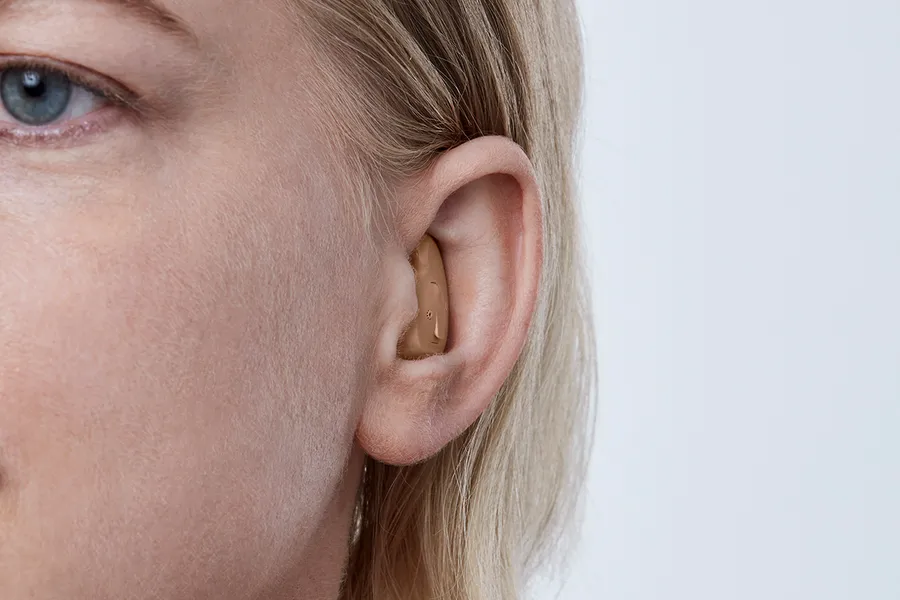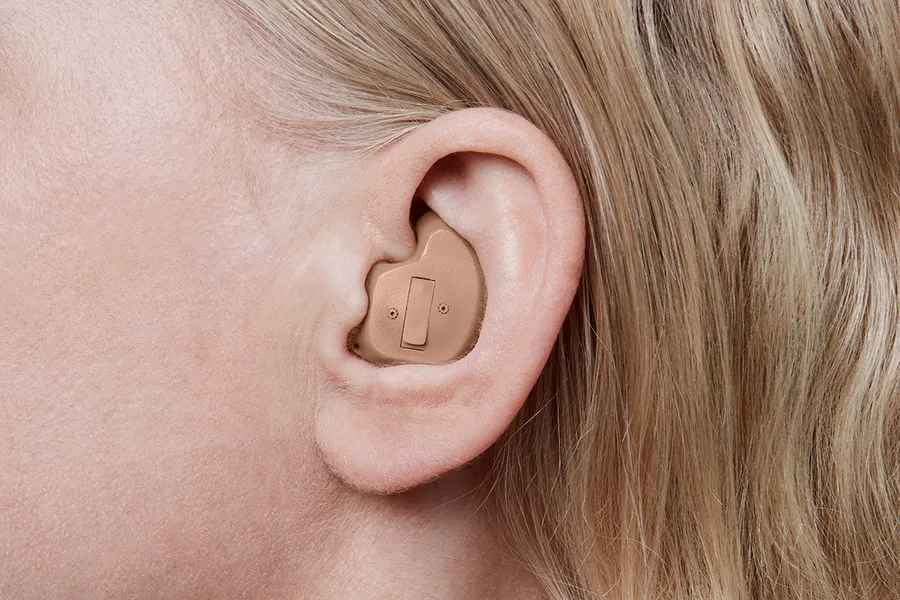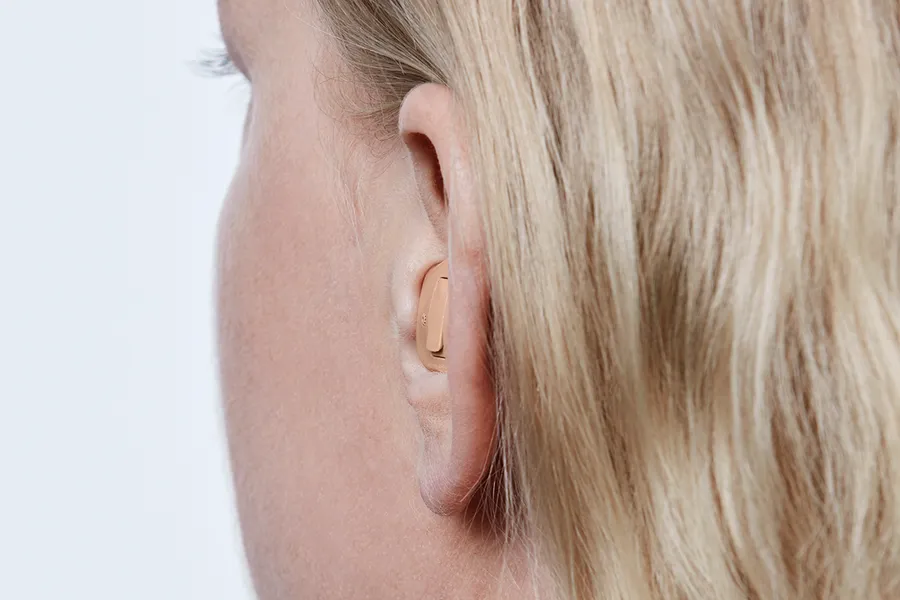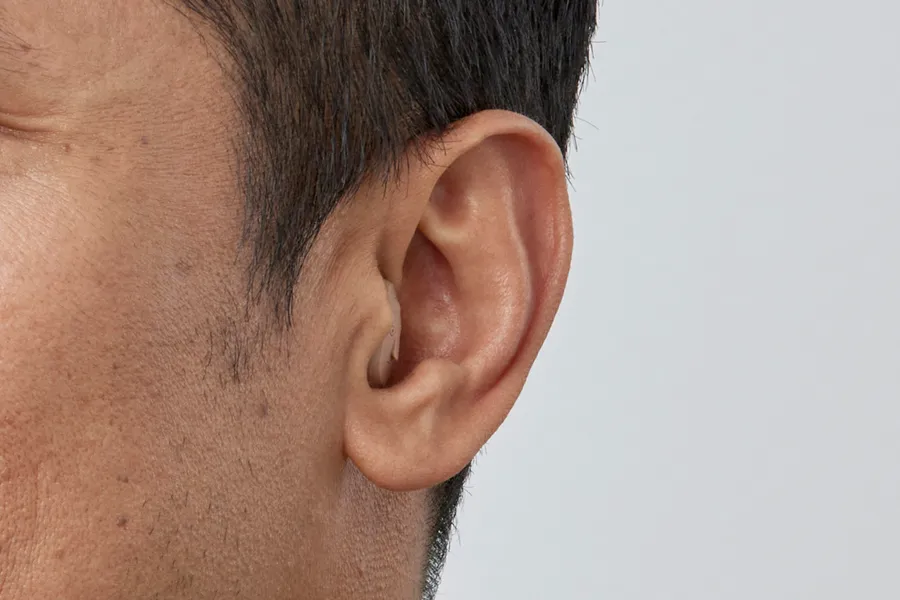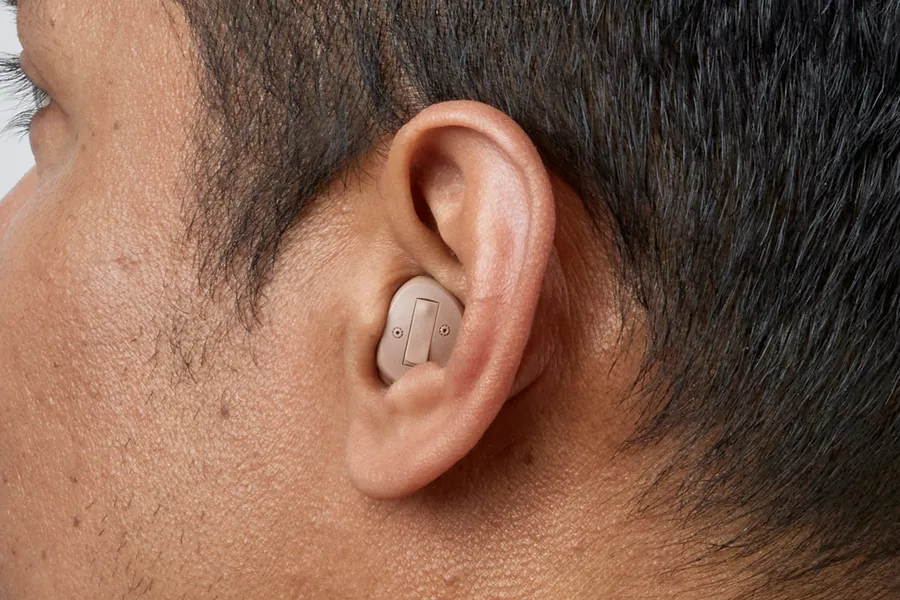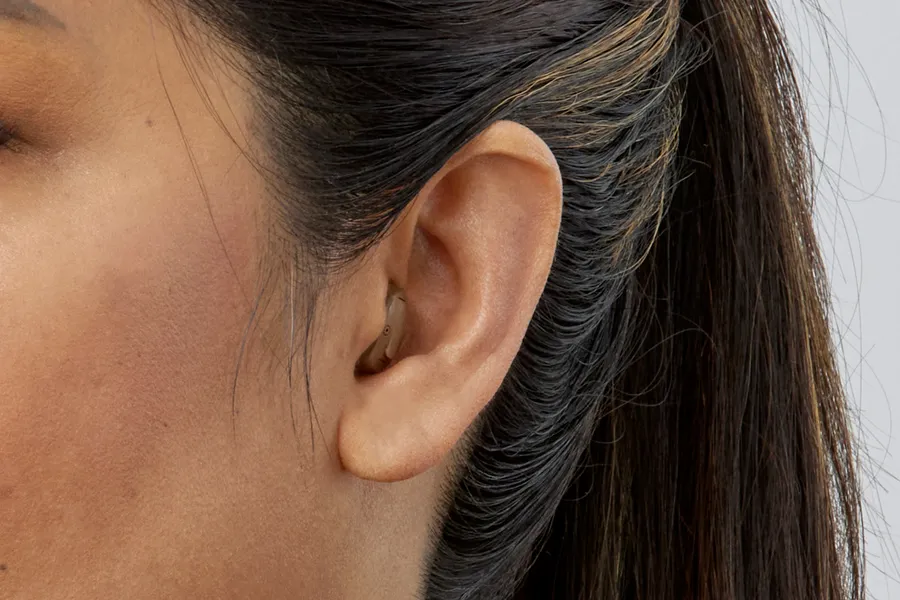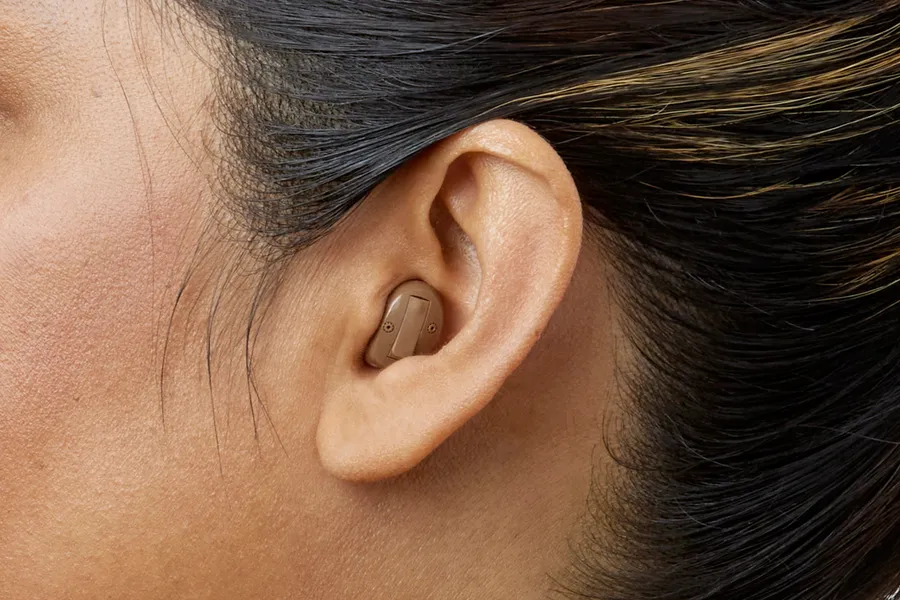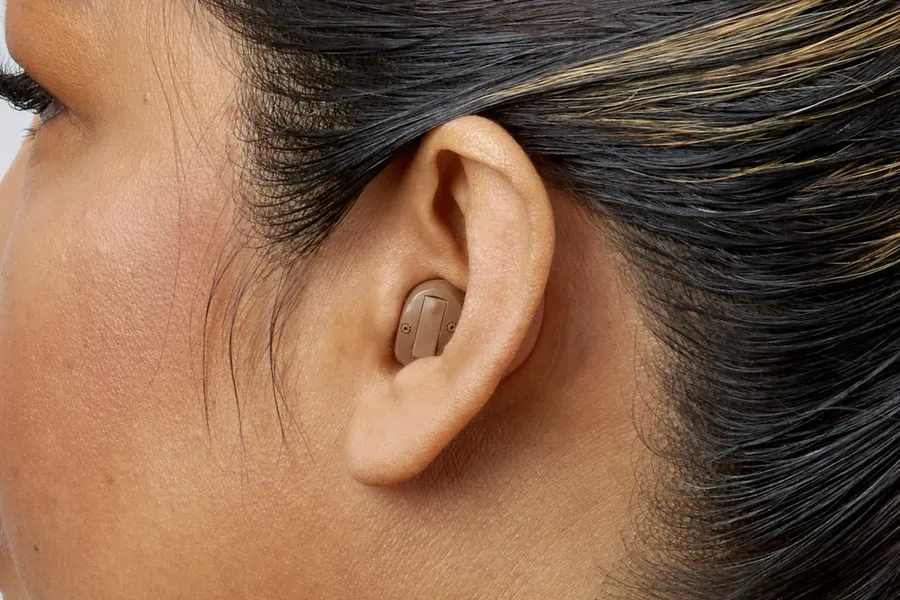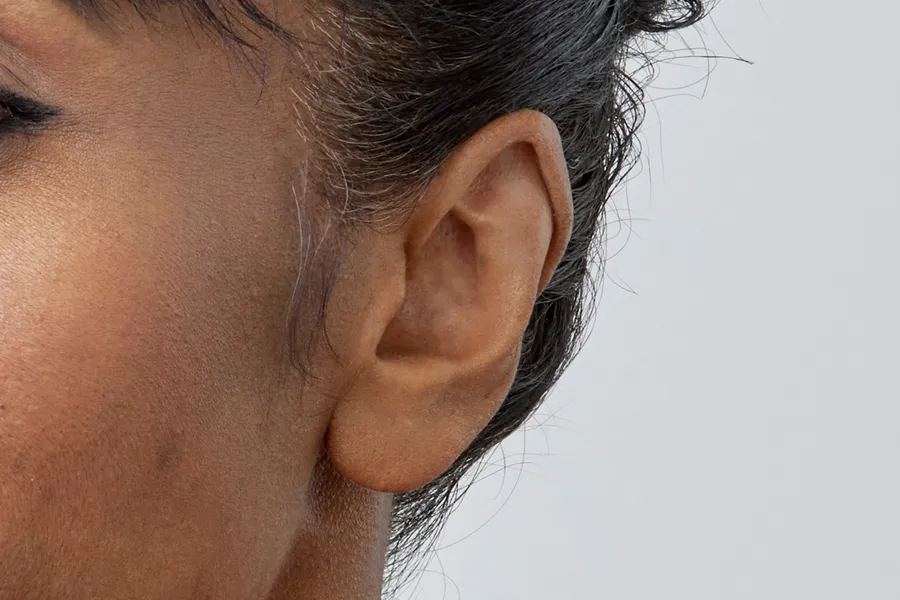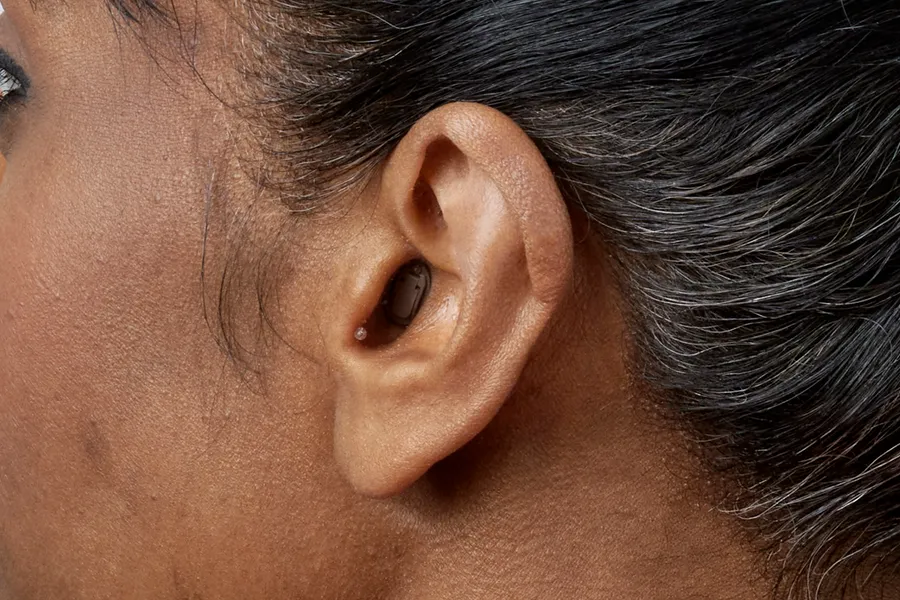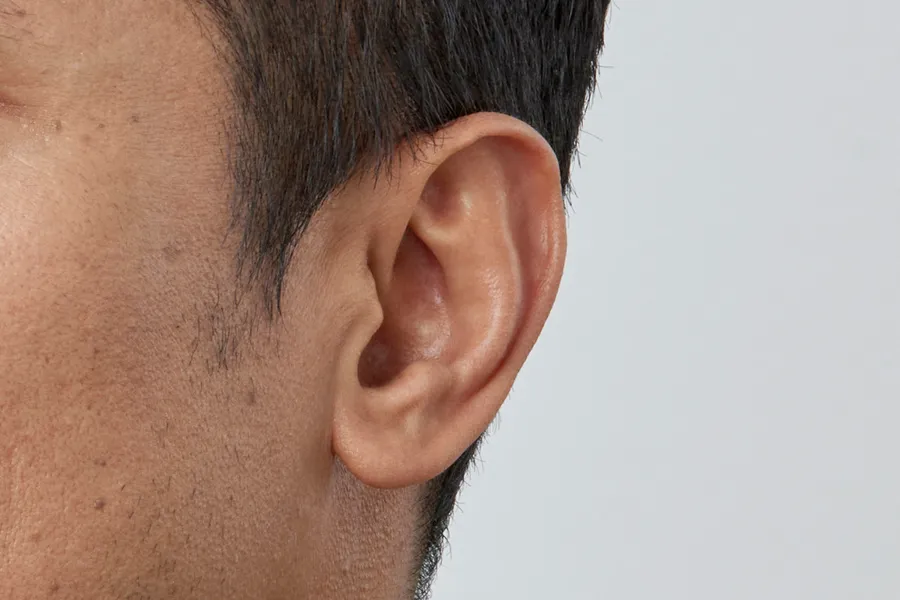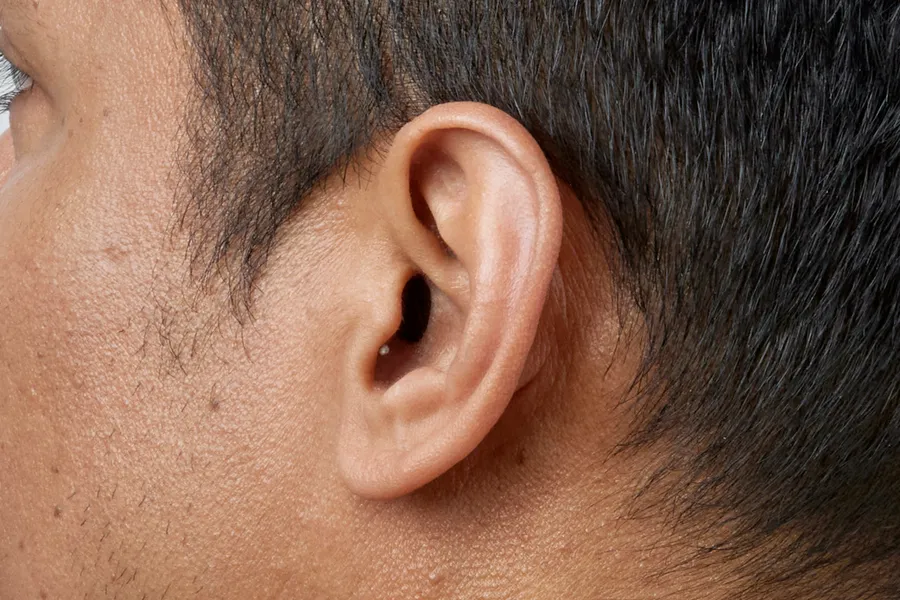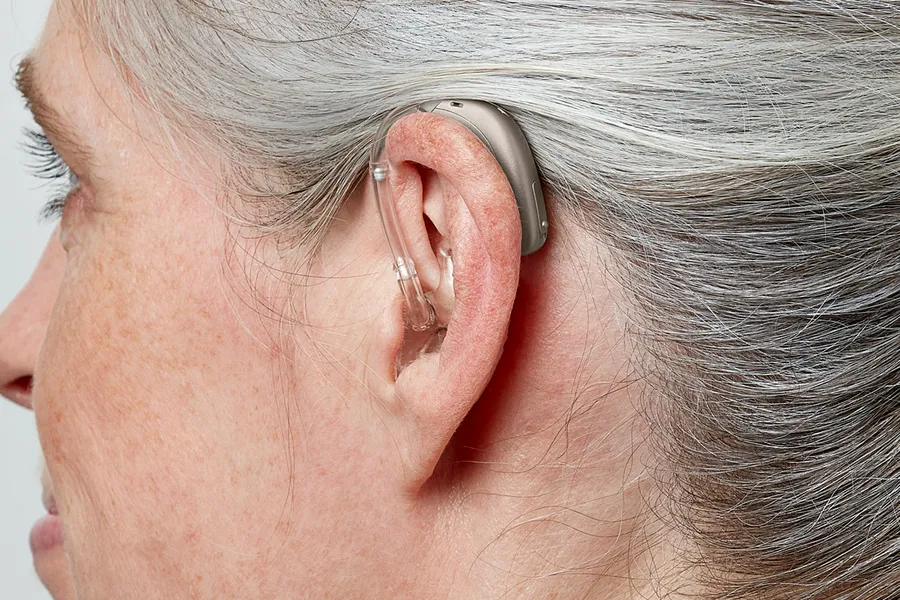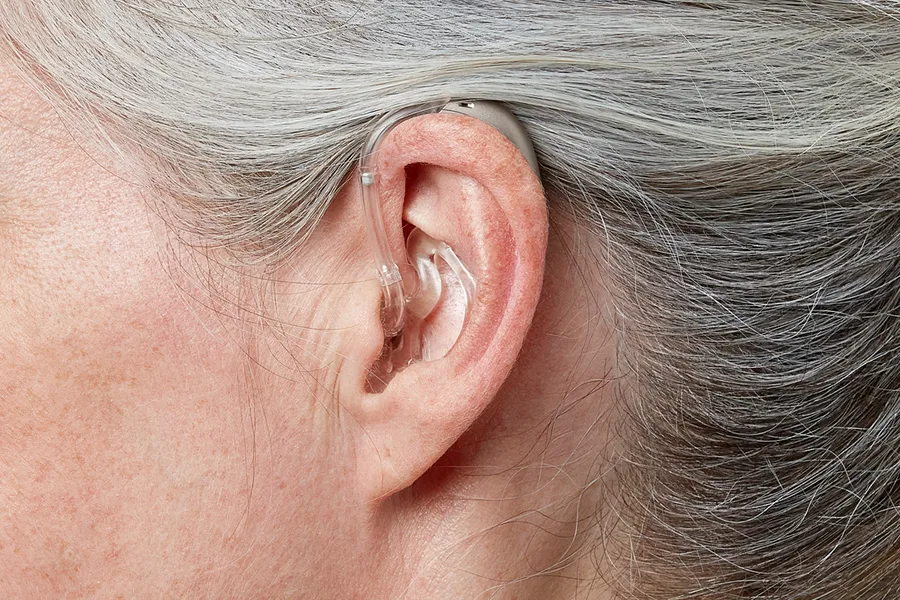Which Hearing Aid is Best? Considering the Style/Model
- David Engelman

- May 28, 2023
- 4 min read
Updated: Apr 25

Welcome to the first article in our blog series: “Which Hearing Aid is Best?” In this post, we’ll explore the different styles (or models) of hearing aids — essentially, how they look and fit. You may have noticed various types of hearing aids on friends or family members, but there’s more to choosing a style than just appearance.
To help you understand the main options available, I’ve outlined the three most common hearing aid styles:
This article is divided into three sections corresponding to these options. If you'd prefer a quick comparison, feel free to jump to the summary table.
Receiver-in-canal (RIC)/Receiver-in-the-ear (RITE)
The terms RIC and RITE are often used interchangeably and refer to the same style of hearing aid. This is currently the most common hearing aid style in private audiology practices.
With RICs, the main body of the device — which contains the microphones and electronics — sits discreetly behind the ear. A thin wire runs down the side of the ear and connects to a small speaker (the “receiver”) that fits into the ear canal.
Why are RICs so popular?
They offer the greatest flexibility in terms of fit, technology, and cosmetic appearance. The behind-the-ear portion comes in a range of colours to match hair or skin tones — or even in bold colours for those who prefer something more expressive.
Other key features include:
Rechargeable or battery-powered options
Bluetooth connectivity for phones and accessories
Telecoil compatibility for public hearing loop systems
Advanced sound processing for challenging environments (e.g. noisy restaurants)
Easy in-clinic servicing in case of issues
Another major advantage of RIC hearing aids is the open-fit design. This allows the ear to remain unblocked, helping preserve the natural acoustic benefit of the ear’s shape, often resulting in a more natural and comfortable sound.
Domes vs Moulds
The part that fits in the ear (the receiver) can be fitted with either:
Domes – Soft, non-custom tips available in various shapes and sizes. Your audiologist will choose the most appropriate dome for your ear shape and hearing needs.
Moulds – Custom-made based on an impression of your ear. These provide a better seal for more severe hearing losses, helping prevent sound leakage and feedback. Moulds can also be more secure and easier to insert for some users.
In-the-ear (ITE)
ITE hearing aids are custom-moulded to fit directly into your ear, with no part of the device sitting behind the ear. All components — microphones, receiver, battery, and electronics — are housed in a single custom shell.
While ITEs are often battery-operated, many manufacturers now offer rechargeable versions, especially in the larger sizes.
Styles of ITE Hearing Aids (From Largest to Smallest):
Full-shell: Fills the entire outer ear bowl (concha)
Half-shell: Fills half the concha
In-the-canal (ITC): Sits mostly in the ear canal
Completely-in-canal (CIC): Sits entirely in the canal with minimal visibility
Invisible-in-canal (IIC): Fully hidden deep within the ear canal
Pros of ITE Hearing Aids:
Custom fit = secure placement
Easier to insert (especially larger models)
Ideal for those who don’t want anything behind the ear
Smallest, most discreet options available
Many private patients specifically request ITEs, particularly the smallest styles, for cosmetic reasons. However, suitability depends on factors like your hearing loss, ear canal size, and lifestyle. Your audiologist can advise whether you're a good candidate.
Things to consider:
Smaller ITEs may sacrifice features like Bluetooth or loop system compatibility
Less advanced in noisy environments compared to RICs
May cause a more “blocked” or echo-like sensation (occlusion effect)
Less benefit from the natural shape of the outer ear (pinna effect)
Your audiologist can fine-tune the settings and design to reduce these issues where possible.
Behind-the-ear (BTE)
BTE hearing aids also sit behind the ear, but unlike RICs, all components — including the speaker — are housed in the main body behind the ear. A hollow plastic tube carries the sound from the device into the ear canal via either a dome or a custom-moulded earpiece.
The tubing is usually thicker when paired with a mould, which is more common for severe hearing losses. BTEs are typically larger than RICs, making them more robust and easier to handle, though slightly less discreet.
Key Benefits:
Excellent for severe-to-profound hearing losses
Easier to manage for those with dexterity issues
More durable in cases of chronic ear infections or high moisture build-up (as no electronics are in the ear canal)
BTEs are widely used in the NHS and in paediatric audiology, due to their cost-effectiveness and high power output. In private practice, they’re generally reserved for more complex hearing losses.
Limitations:
Larger size behind the ear
Sound travels down a tube (potentially reducing clarity)
Fewer cosmetic options compared to RICs
Summary
Here’s a quick comparison of the main hearing aid styles:
| RIC | ITE | BTE |
What is it? | Main body sits behind the ear with a thin wire connecting to a receiver in the ear canal | All components sit inside the ear; custom moulded to fit | Entire hearing aid sits behind the ear; sound travels via a tube into the ear |
Advantages | Versatile, discreet, most advanced technology, wide compatibility | Easy to insert (larger models), secure fit, very discreet options | Most powerful option, ideal for severe losses, durable |
Disadvantages | May be tricky to insert for some users; some dislike behind-the-ear feel | Limited features (especially in small models), may feel occluding, less adaptable | Larger, less cosmetic flexibility, sound clarity may be affected |
Final Thoughts
No single hearing aid style is “best” for everyone. While many audiologists (myself included) often recommend RIC hearing aids due to their balance of performance, aesthetics, and versatility, the right choice will depend on your needs, preferences, and lifestyle.
At Finchley Hearing, we’re here to guide you through the process, ensuring you’re confident and comfortable with your hearing solution. We're a private, independent audiology practice in North London, committed to ethical, evidence-based care.
Have questions? Get in touch with us or explore the rest of our website. We’re here to help you on your journey to better hearing.
If you found this article helpful, please share it using the social media icons below. You can also subscribe to our blog at the bottom of this page to stay up to date with our latest posts.

